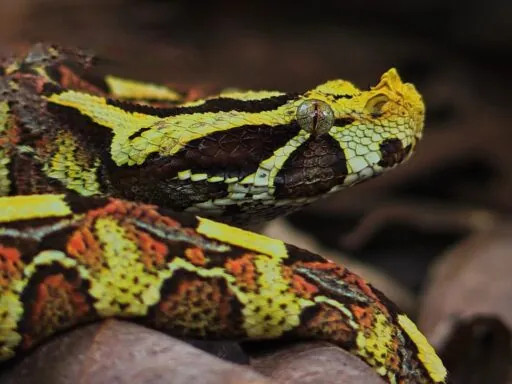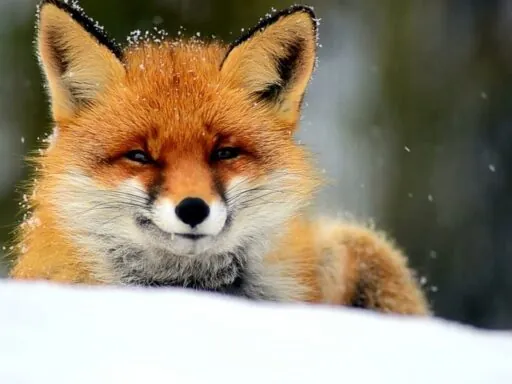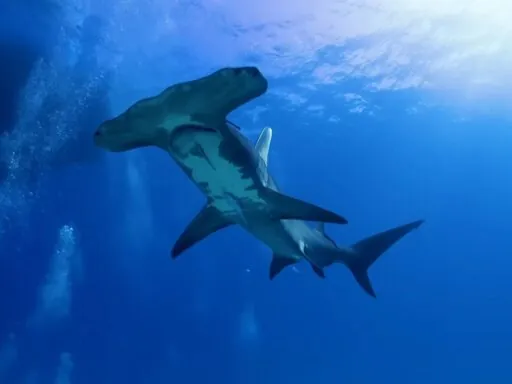Have you ever wondered what are arctic animals and how they survive in the freezing Arctic? The Arctic is one of the coldest places on Earth, but it’s home to some amazing creatures! In this top 10 arctic animals list, you’ll discover fascinating arctic animals facts that show how they thrive in snow and ice. From the mighty polar bear to the sneaky arctic fox, these animals have super cool adaptations. Keep reading to explore the arctic animals list and find out how these creatures live in the wildest and coldest parts of the world!
1. Polar Bear
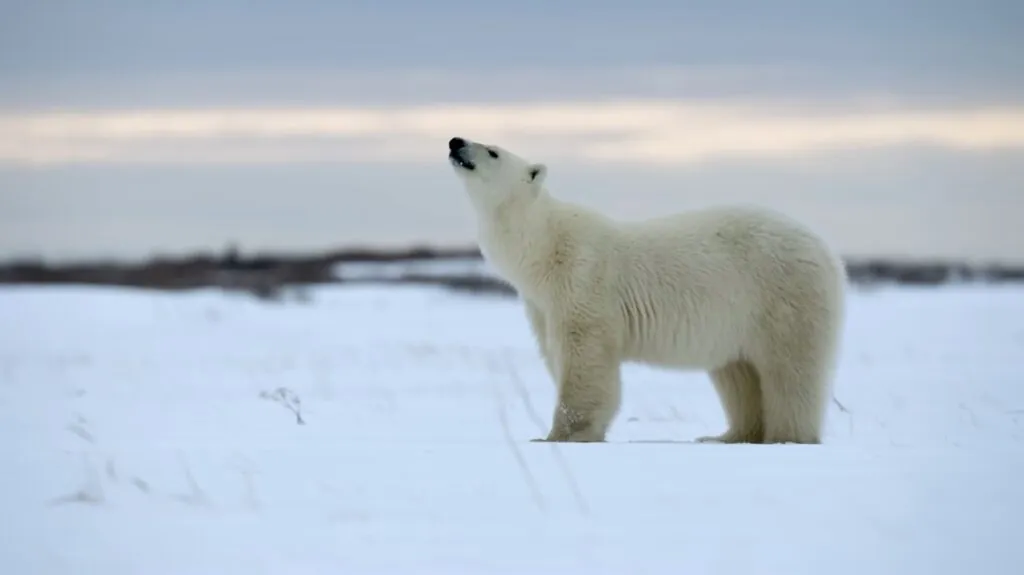
The polar bear is the largest land carnivore in the world, weighing up to 1,500 pounds. These amazing animals live in the Arctic and are excellent swimmers, able to paddle for days at a time across icy waters. Polar bears primarily eat seals, using their strong sense of smell to detect them from miles away. Sadly, polar bears are at risk because of climate change. As sea ice melts, it becomes harder for them to hunt and survive. Did you know that polar bears can overheat? Even though they live in such a cold place, their thick fur and fat keep them very warm.
2. Arctic Fox
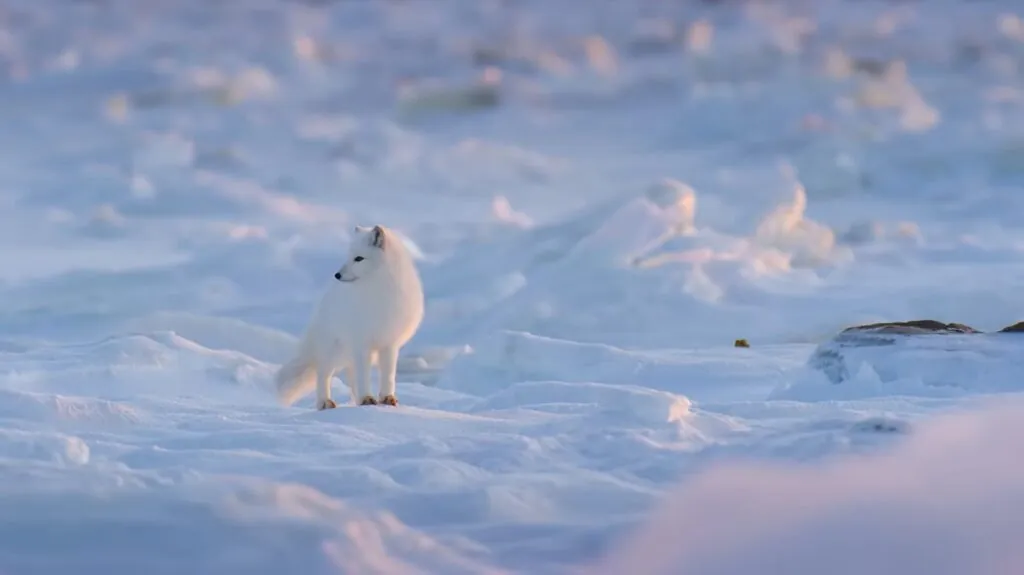
The arctic fox is a master of survival in the freezing Arctic. One of its coolest tricks is changing the color of its fur! In winter, the arctic fox is white to blend in with the snow, but in summer, it turns brown or gray to hide on rocks and plants. Arctic foxes are small, weighing around 7 to 20 pounds, and they have thick fur to stay warm. They can even survive temperatures as low as -58°F! These clever animals eat everything from lemmings to birds and even leftovers from polar bears.
3. Caribou (Reindeer)
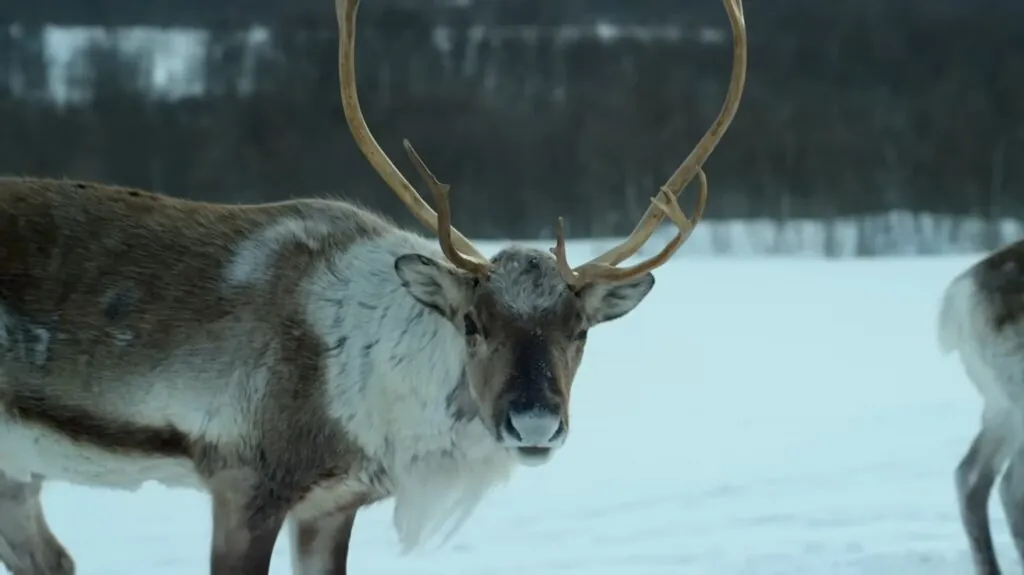
Caribou, also known as reindeer, are unique in the animal world because both male and female caribou grow antlers. They use these antlers to dig through snow for food and to defend themselves. Caribou are expert travelers, migrating more than 3,000 miles each year—one of the longest migrations of any land mammal. Their large hooves help them walk on snow and act as paddles when swimming. However, caribou populations are declining in some areas due to climate change, which affects their food sources and habitat.
4. Harp Seal
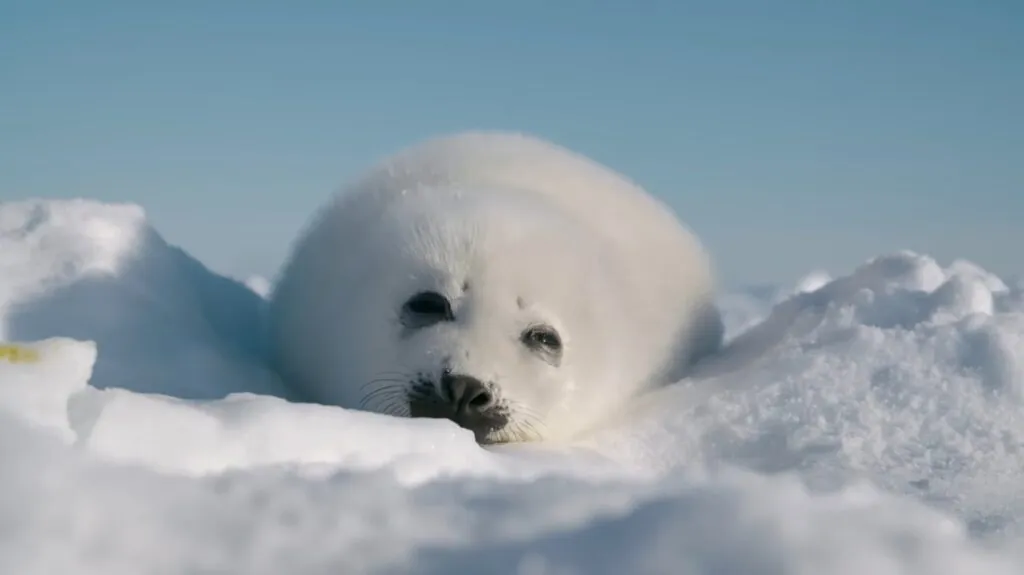
Harp seals, one of the one of the top 10 arctic animals, are fascinating creatures known for their cute, white-coated pups. These pups are born with a thick, soft fur called “lanugo,” which helps them blend in with the snow and ice while staying warm. During their first week, baby harp seals grow very quickly, doubling their weight thanks to their mom’s rich, fatty milk. As they grow up, harp seals become excellent swimmers and can dive deep into the icy Arctic waters to catch fish. They often live in large groups on the ice, but when it’s time to hunt, they go solo.
5. Walrus
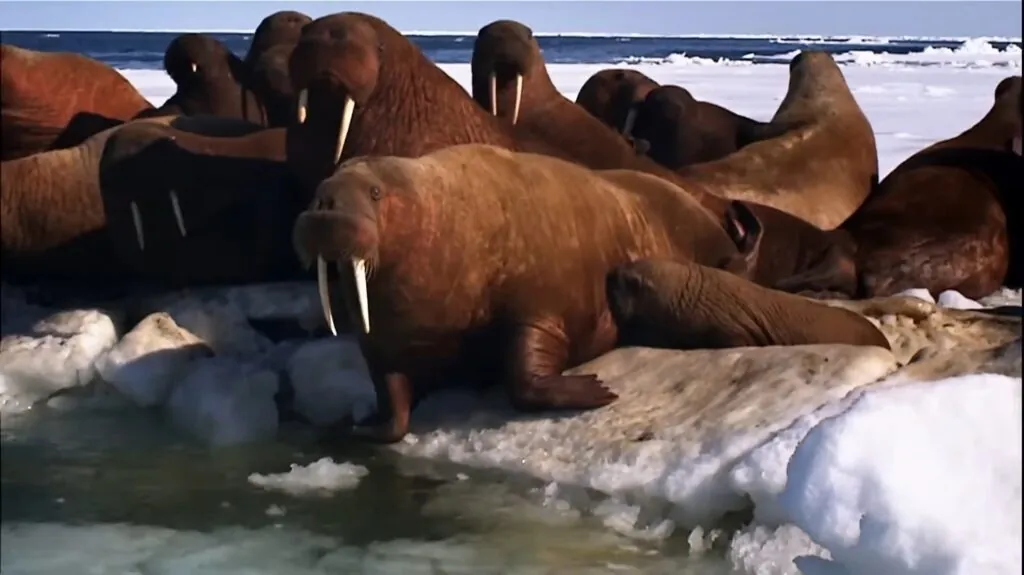
Walruses are huge marine mammals that live in the Arctic. They are easy to spot because of their long tusks, which are actually large teeth! Both male and female walruses have tusks, and they use them to help climb out of the water onto ice. Walruses also use their tusks to defend themselves and fight with each other. These animals are social and love to gather in big groups. Sometimes, they crowd so close together that the heat from their bodies makes a foggy mist above them! Walruses spend a lot of time resting on ice or in shallow waters where they hunt for clams and other sea creatures.
6. Beluga Whale
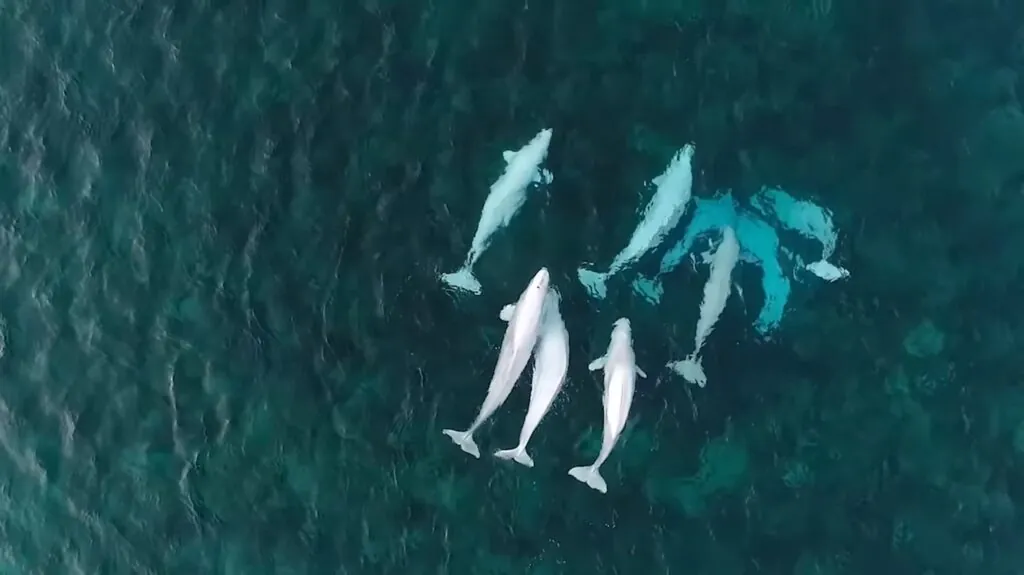
Beluga whales, one of the top 10 arctic animals, are fascinating creatures that live in the cold waters of the Arctic and sub-Arctic. They are often called the “canaries of the sea” because of the many sounds they make, including whistles, clicks, and chirps. These sounds help them communicate and find their way through the water using echolocation. One cool fact is that belugas can even change the shape of the fatty area on their head, called the melon, to help aim sound waves. These whales are very social and like to travel in groups, sometimes with as many as 1,000 whales!
7. Musk Ox
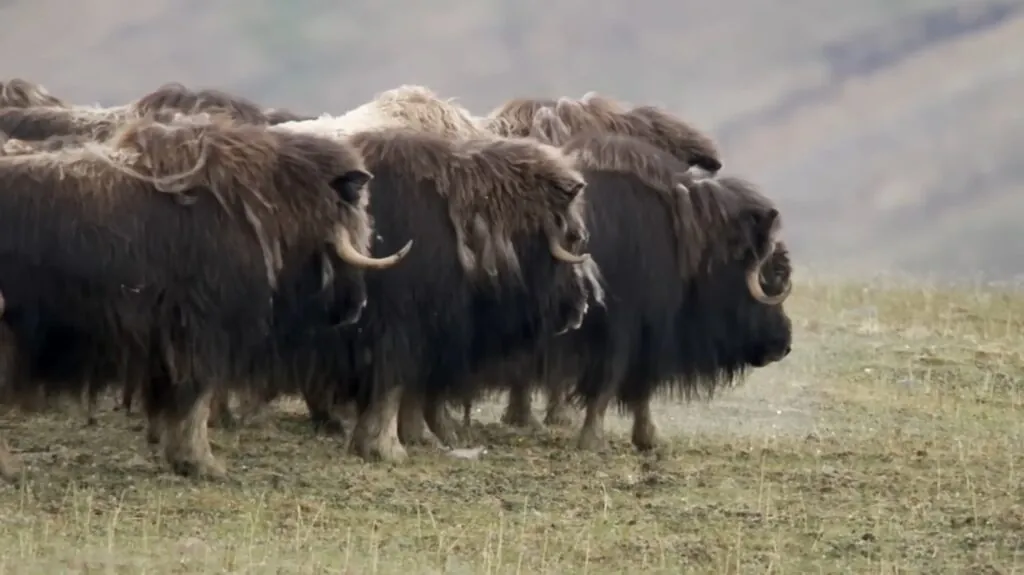
The musk ox is a tough animal that has survived since the Ice Age! With their long, thick fur, musk oxen can handle freezing Arctic temperatures. Their wool, called qiviut, is eight times warmer than sheep’s wool. Musk oxen live in the tundra and eat grasses and mosses. They can weigh up to 900 pounds and stand about 4 to 5 feet tall at the shoulder. Although they look like bison, they are actually more closely related to sheep and goats. Musk oxen live in herds, which helps protect them from predators like wolves.
8. Arctic Hare
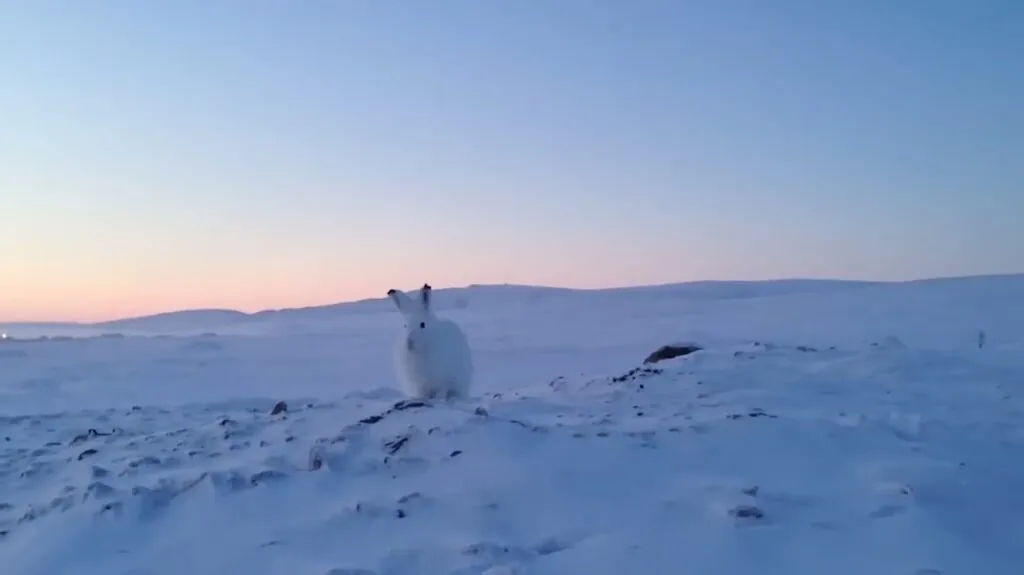
The Arctic hare is a master of survival in the freezing Arctic tundra. It has a thick coat of fur that turns white in the winter to blend in with the snow, helping it hide from predators like Arctic foxes and wolves. In the summer, its fur changes to brown or gray to match the ground. Arctic hares are also incredibly fast, running at speeds of nearly 40 miles per hour to escape danger! They rely on plants like willows for food and use snow as their main source of water, making them true experts at living in tough conditions.
9. Narwhal

Narwhals maintain the ninth position in top 10 arctic animals list. They are fascinating creatures often called the “unicorns of the sea.” Their most famous feature is their long tusk, which is actually a tooth! It can grow up to 10 feet long and is found mostly on males. Scientists believe the tusk helps narwhals sense changes in the water, like salt levels, and they might even use it to stun fish while hunting. Narwhals live in the cold waters of the Arctic and are great swimmers. They use echolocation, which is like sonar, to find food and navigate through dark waters.
10. Snowy Owl
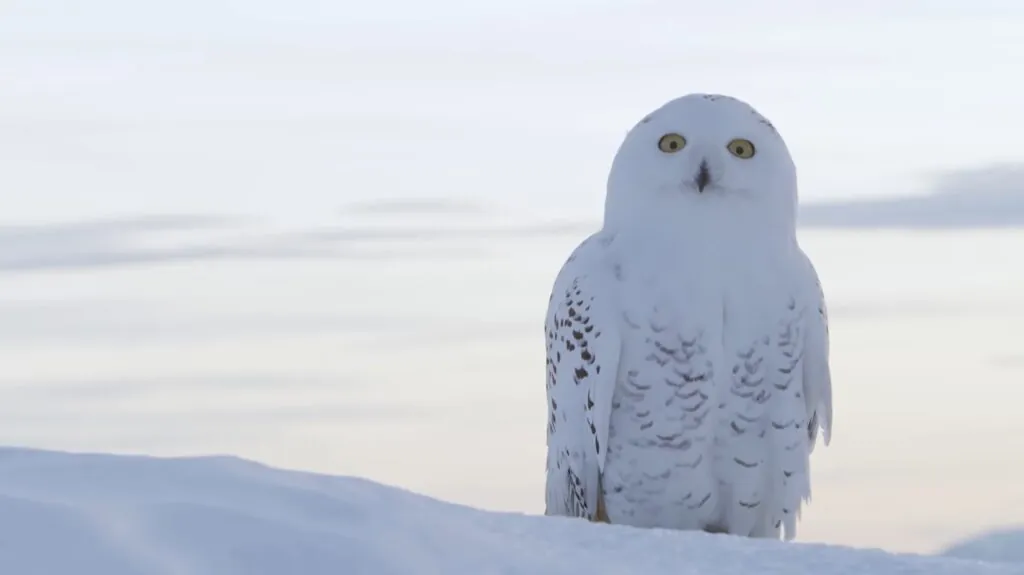
The Snowy Owl is a fascinating bird, known for its striking white feathers that help it blend into its snowy Arctic habitat. Unlike many owls, the Snowy Owl is not nocturnal. It often hunts during the day, especially in the Arctic summer when the sun never sets. These owls are also ground nesters, making simple nests on the tundra. Surprisingly, a single Snowy Owl can eat up to 1,600 lemmings in a year! Their population can fluctuate dramatically based on the availability of these small rodents, which are a primary food source.
In selecting the top 10 Arctic animals for this article, several criteria were considered. The list was curated based on the animals’ unique adaptations to the harsh Arctic environment, their ecological importance, and their remarkable behaviors that set them apart from other species. Each animal’s ability to survive and thrive in extreme conditions, such as the cold, scarce food availability, and long periods of darkness, played a significant role in their ranking.
